Power supply of critical pipeline
To the reference report

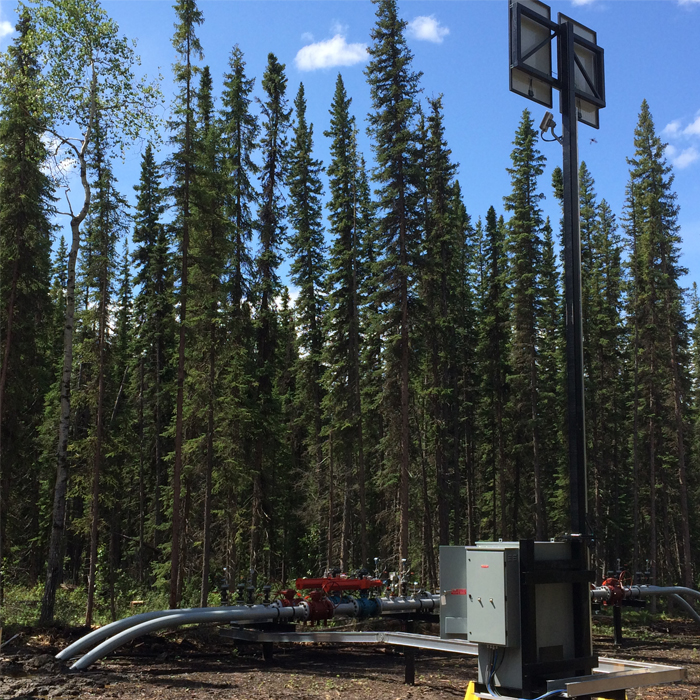
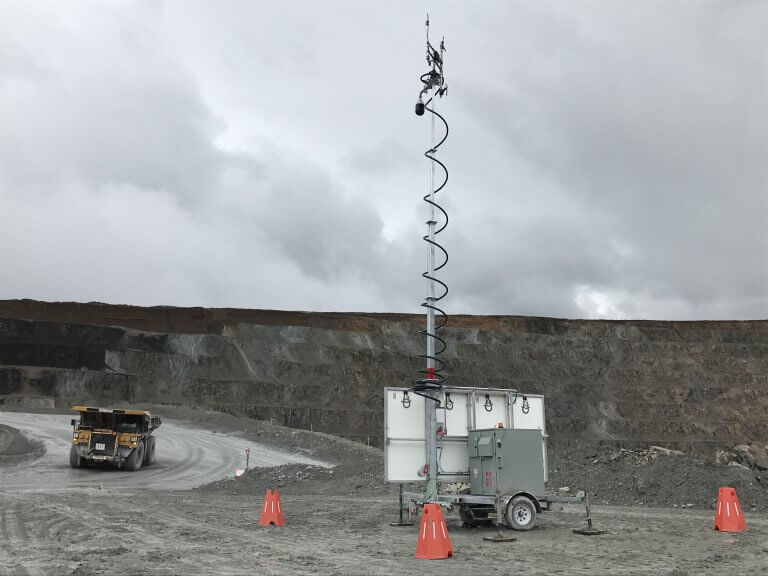
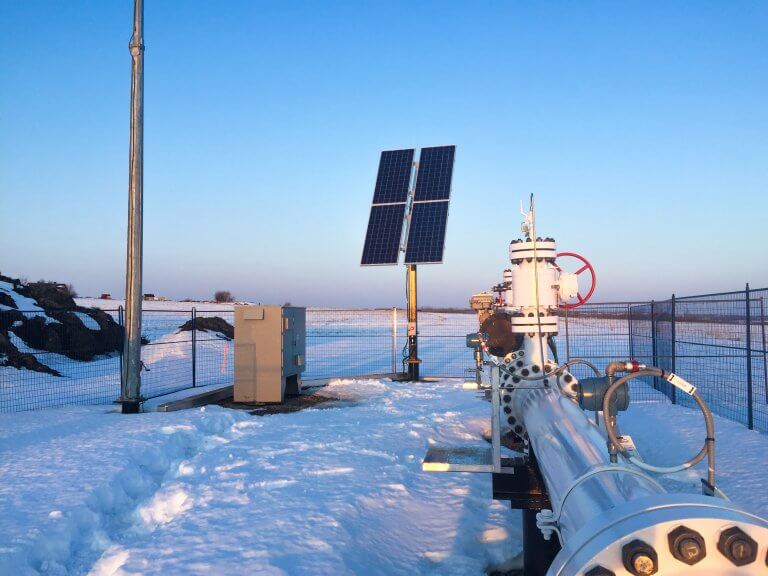
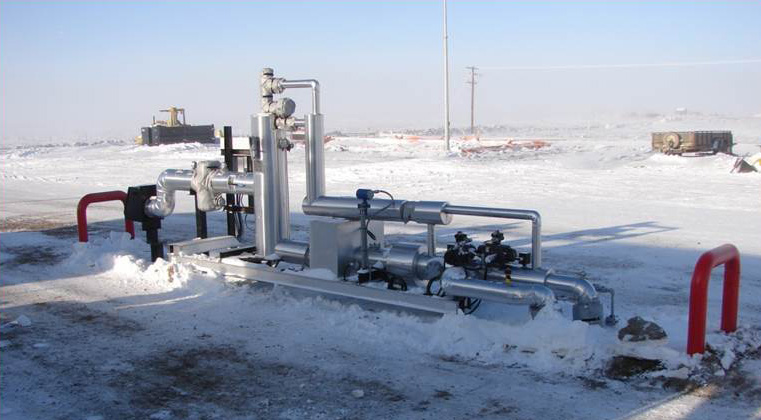
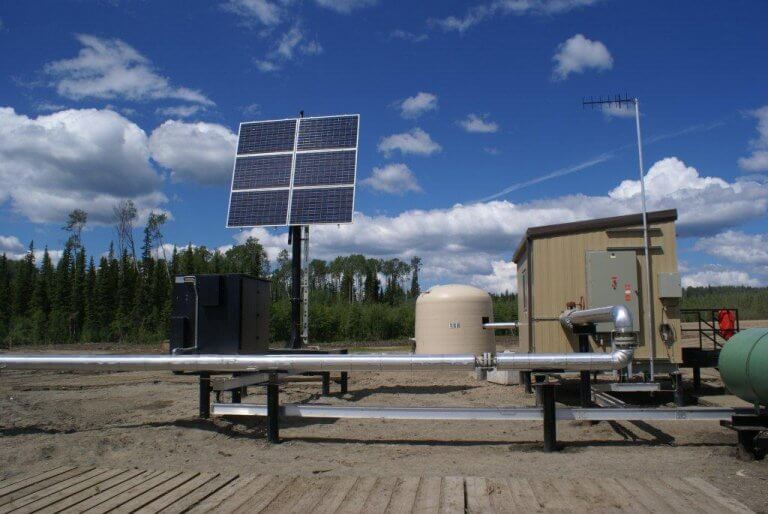
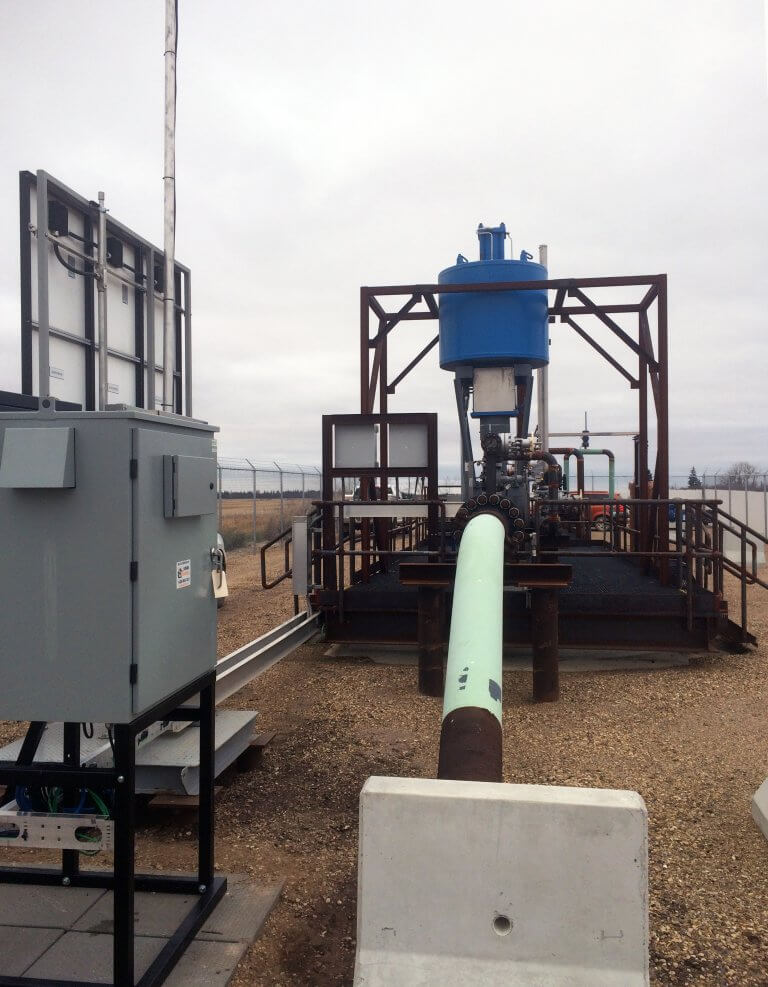
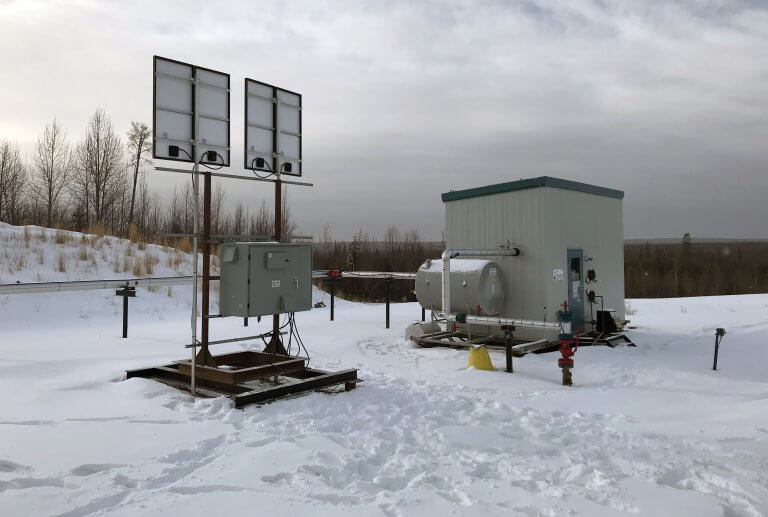
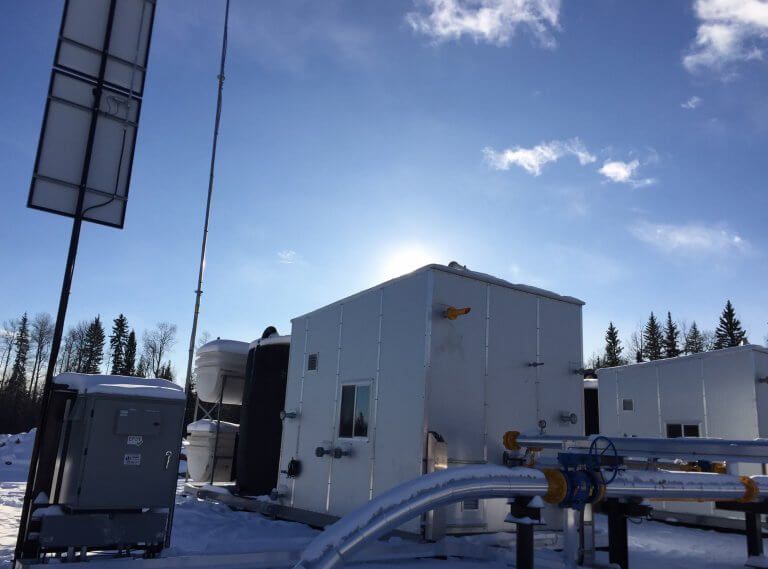
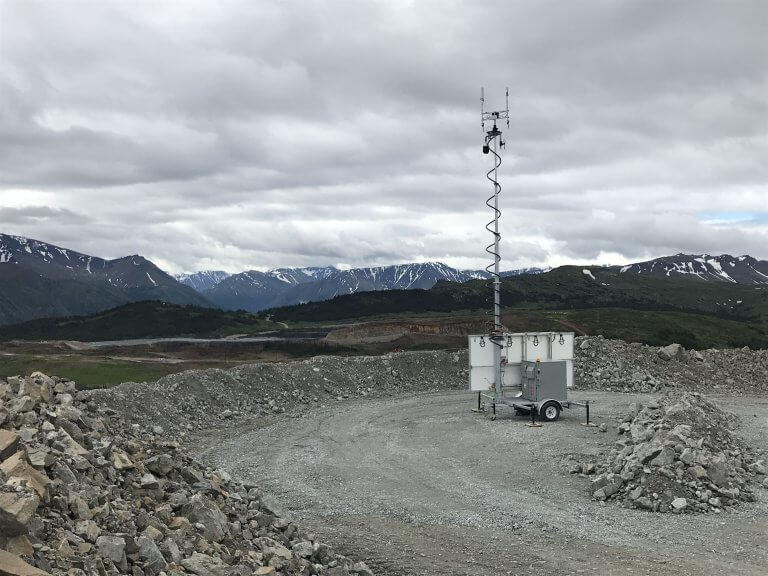
Mobile and stationary audio and video surveillance systems are there to protect and monitor pipelines and other important infrastructure.
| Power requirement | Between 600 and 2400 Wh/day |
Important infrastructure such as pipelines have to be protected from vandalism and theft. So that CCTV systems can be positioned flexibly in any location where surveillance is required, they need to be equipped with a reliable power supply for off-grid operation. This can be very expensive if the location has to be connected to the public power grid, combined with a high administrative effort and long-term planning.
Flexible provision of an off-grid power supply with an EFOY & EFOY Pro fuel cell or a hybrid solution made up of fuel cell and existing solar modules.
EFOY Pro fuel cells supply off-grid power for months, without maintenance, even in remote locations. A 50 W CCTV application, for example, can be autonomously operated for up to 50 days. Huge expenses caused by connecting to the public power grid can be avoided.
“The best choice!”
Husky is committed to working in an environmentally friendly way. The EFOY Pro fuel cell, in a hybrid combination with solar power, is the best choice for this.
We have decided to choose this solution because it works reliably year-round, makes do with minimal fuelling in rough winters, and represents an energy source with low CO2 emissions. The overall life cycle costs are also ideal compared with other alternative solutions.
Dennis Hopper, Pipeline Integrity Technologist - Husky Energy (Alberta, Canada)
The EFOY Pro is lightweight and compact, and can therefore be used flexibly and smoothly wherever power is required at the time. It can be installed in existing control cabinets or outdoor boxes with little effort – safe from theft and vandalism.
EFOY energy solutions used worldwide
The safety of oil and gas pipelines is very important for our environment. Pipelines perform the crucial role of delivering gas and oil energy to millions of businesses and homes. It is not only the most efficient way to transport these products but also the safest way to transport these commodities. However, due to the nature of gas and oil as hazardous materials, pipeline safety is a rising concern. Pipeline safety regulations are part of the operational procedures of pipeline transport worldwide.
Pipelines are the most preferred method of transporting natural gas and petroleum products. Some of the advantages of pipelines include:
Pipeline safety is the sum of all processes designed to ensure pipelines are accident-free. Regulatory requirements in pipeline safety are frameworks created by stakeholders in the gas and oil industries. Gas pipeline safety is defined through industry best practices set by energy regulatory boards, environmental bodies, and players in the gas sector. Observing oil pipeline safety guidelines is critical because pipeline accidents may create adverse consequences. The following guidelines help to ensure oil and gas pipeline safety:
The UN safety guidelines and good pipeline practices maintain that pipeline safety is essential to realize the benefits of pipeline transport. Where pipelines are well-constructed and maintained, they can become a safe and reliable mode of transportation. The UN stipulates the following provisions for pipeline safety in oil-producing nations:
The pipeline management system should cover the internal structure, resources, and procedures for accident prevention. The components of the pipeline safety management system include:
Pipelines power the economy on a large scale. Historically, any disruption in the global supply chain of oil due to pipeline efficiency has resulted in price spikes and delays in essential services. Pipelines ensure energy is availed to various personal and industrial uses. Pipeline safety is the sum of all the processes and practices designed to provide a safe environment which is crucial to keep pipelines running smoothly and efficiently.